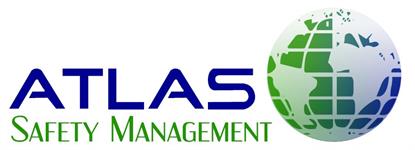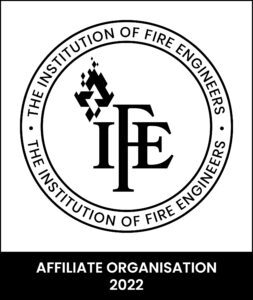We all think about using EYE protection when needed. Try to be just as conscientious about LUNG protection. Solvent paint, vapours and welding fumes are hard to “swallow.” Remember that vapours, dust or airborne particles of any kind may be injurious to your throat and lungs. Even if you are exposed to airborne contaminants for a short time each day, consider using a respirator. Protect yourself from minor irritation now and avoid significant discomfort and suffering later.
Main Points
Choosing the right respirator to protect workers from airborne contaminants is essential. Respirators may not protect you from all contaminants as different contaminants require different protection. There are limitations for each type of respirator and you must be familiar with them prior to using them.
Fit Testing & Seal Check
- For proper protection, a worker must ensure the respirator they are using fits and functions properly. This means the equipment must be the proper size and seals to the face.
- A fit test is to be conducted by a competent person properly trained in fit testing to ensure the equipment is the correct size. A fit test is required before a worker uses any respirator for the first time, then must also be conducted on at least an annual basis. Fit tests may need to be performed more frequently if there has been changes to a workers body such as a significant gain or loss in weight, or facial changes such as dentures or broken jaw bone.
- A seal check is to be performed by the worker prior to use of the respirator every time it is used. Use the positive and negative seal tests outlined in the respirator safety manual to verify the seal. Regular seal checks are necessary to ensure that contaminated air or particles will not leak into the respirator. If it doesn’t fit or seal properly, don’t use it.
Facial Hair & Respirators
It is critical to your personal health and wellbeing to ensure that you have a proper seal when wearing a respirator for protection. This means that workers need to be clean shaven before their shift begins, and possibly part way through, as beards, sideburns, moustaches, and stubble prevent a good seal and are not permitted with respirator use.
The Key To Respiratory Safety
First you must recognize that the airborne hazards exist through pre-job planning. It is vital to recognise all the chemicals, materials and hazards you may be exposed to, as well as conducting frequent hazard assessments and workplace inspections to help identify and control those hazards.



